sam_justice
TPF Noob!
- Joined
- Jul 10, 2009
- Messages
- 555
- Reaction score
- 0
- Location
- Brighton, UK
- Website
- www.samueljustice.net
- Can others edit my Photos
- Photos OK to edit
Have a look at my stuff on flickr - there is lots of long exposure stuff on there. Although I used 182 seconds - there is no scientific calculation behind this. It would have looked much the same at 150 secs and 220 secs. The reason I stopped was prob to crack open another can of beerBut you would be amazed at how flat and calm ypou can make water with just a 10 sec exposure. Keep practising.
Really? But there must be some kind of starting point? Especially when shooting sunset since time is limited.




![[No title]](/data/xfmg/thumbnail/37/37604-7ad625e983f92f880eb65a264eeef5e4.jpg?1619738148)
![[No title]](/data/xfmg/thumbnail/35/35965-cac1057a7f2dd8e8aeeefed50ae8c080.jpg?1619737282)


![[No title]](/data/xfmg/thumbnail/37/37603-739c5d9b541a083a12f2f30e45ca2b7b.jpg?1619738147)

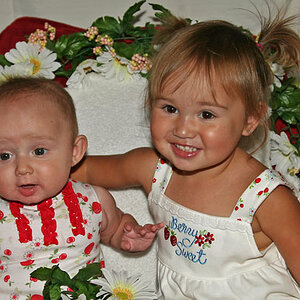
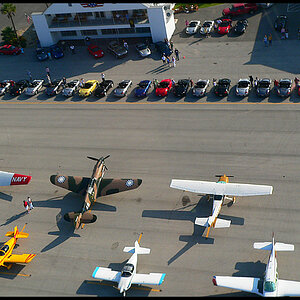
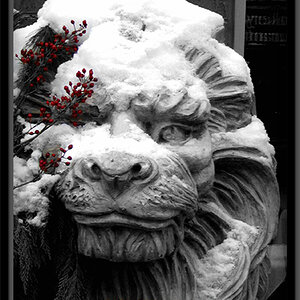
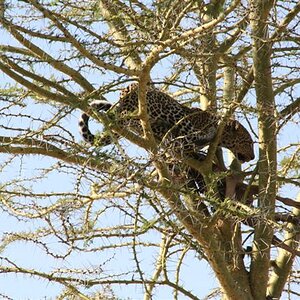
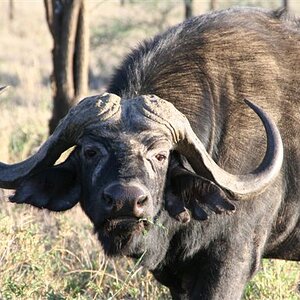
![[No title]](/data/xfmg/thumbnail/32/32700-18534997be82e5150c566a9e67a00471.jpg?1619735602)